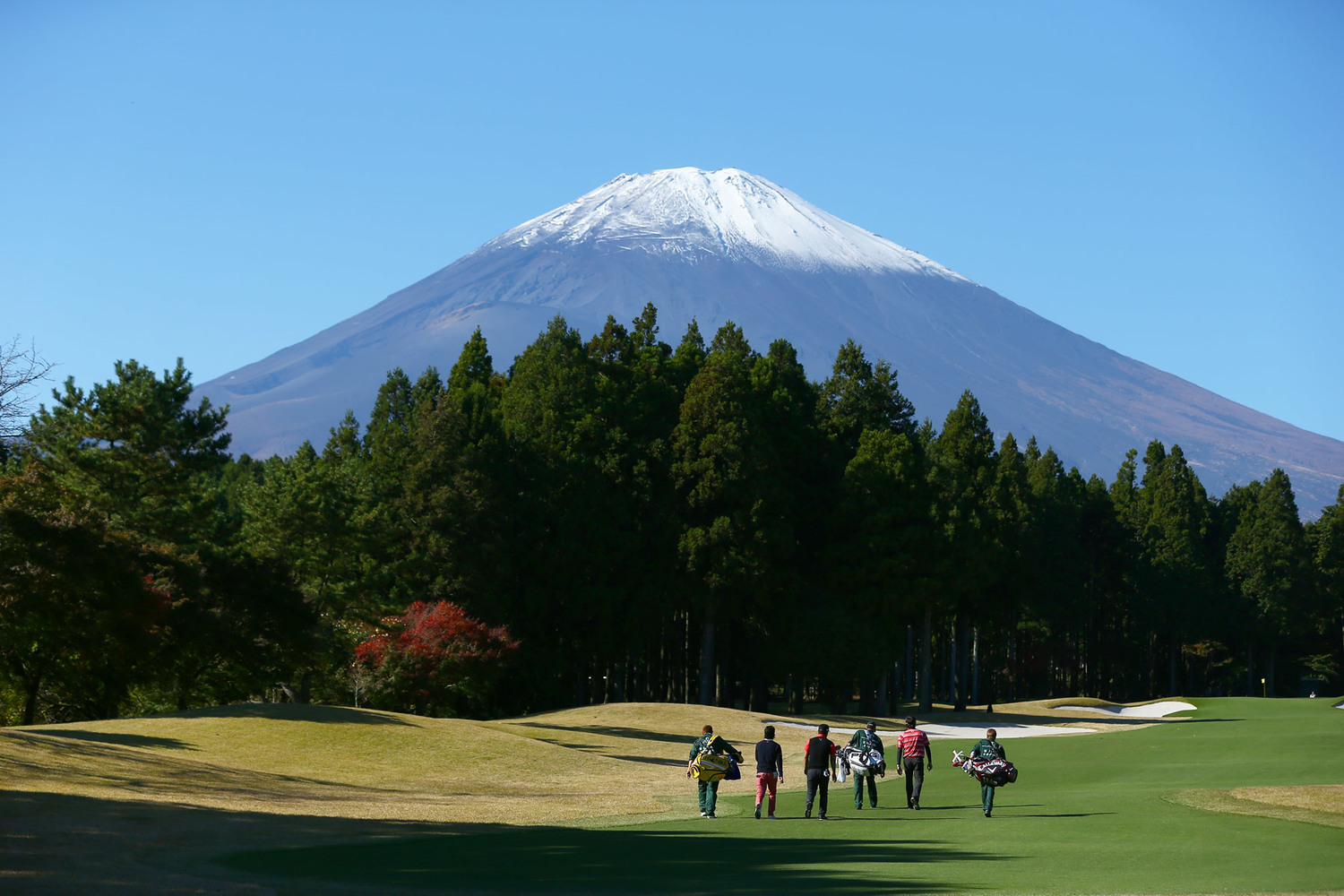Do the names Takumi Nakaya or Yui Kawamoto ring any bells? Well, do not worry if they do not. These are some of the elite golfers that call Japan home. Up until recently, Japan was more famous for horse racing, motorsports and rugby. Additionally, traditional sports such as sumo wrestling and keirin continue to be a constant feature in many online betting casinos.
However, all that seems to be changing with more platforms now offering betting options for local and international golf tournaments. Several websites, such as casinotop5.jp, now publish lists that include online gambling sites that promote golf gambling. Additionally, you can also find top casino sites that allow virtual currency deposits. Some of the currencies you can deposit to your casino wallet include Bitcoin, Ethereum, Ripple and Litecoin.
When did golfing start in Japan?
Golfing in Japan dates back to the early 1900s when British expatriates set up the first golf club in Kobe. However, it was not until 1924 when the Japanese golfing association came into existence. Only seven clubs were in existence, but the number of courses is now over 2500 courses across the country. Japan now hosts some of the world’s most exclusive courses. For example, the Konagei Golf Club will cost you 32,600 yen for a day at its greens.
What is the current state of golf in Japan?
Golf is now more common than ever among many in Japanese society. Depending on the course, you can now afford to play a single round of golf for as little as 5,000 Yen. Besides playing the entire eighteen holes, you also get a caddie and golf cart during your session. Additionally, you can also practice your swing at any of the numerous driving ranges that dot the cities and countryside.
However, you may struggle as a first-time golfer in Japan. Unfortunately, there are not many English-speaking caddies available. Furthermore, single play is generally uncommon, with most courses only catering to groups and touring parties. You may also require assistance in making a reservation.
Most of the staff are not fluent in English, and the language barrier may cause a lot of confusion. But some courses cater to a more international audience. For example, the Nidom and Taiheyo Clubs are the few exceptions that cater to an international audience.
Unwritten rules for golfing in Japan
The Japanese are famed for their etiquette, as is evidence of their conduct at international events. Similarly, the same applies to the golf course. Although the rules are not far from those in other countries, some of the unwritten rules you need to adhere to are as follows:
Dress appropriately
Most of the courses in Japan are famous for their natural beauty and design. Therefore, you need to dress appropriately for your days at the golf course. For example, your flip flops and Bermuda shorts are not the appropriate golfing gear. You will get a better reception when you show up in a polo shirt and dress pants. Ladies also need to follow a similar dress code. However, they also can put on a skirt as part of their golfing ensemble.
Respect the yellow flag
While at the golf course, you may notice a yellow flag blowing in the wind at the fairway. It is not there as a decoration. Rather, it indicates the 240-yard mark, which is ranks as a good tee shot for even the best golfers. Custom dictates that you let the preceding team cross the flag before you tee off.
You only get one penalty shot
Looking at the course map, you will notice a series of red and yellow markers dotting the out of bounds area. These are separate from the course boundary, and crossing them allows you an extra penalty shot. Typically, you will need to play this shot at the closest point to where your ball exits the area of play.
Conclusion
There is a lot to anticipate from Japanese golf. There are several talented players from the country that rank amongst the top players in the world. For example, Hideki Matsuyama was the runner-up in the inaugural ZOZO championship of 2019, only losing to the eventual winner Tiger Woods. The championship is hosted as a collaboration between the PGA and Japan Golf Tours.



